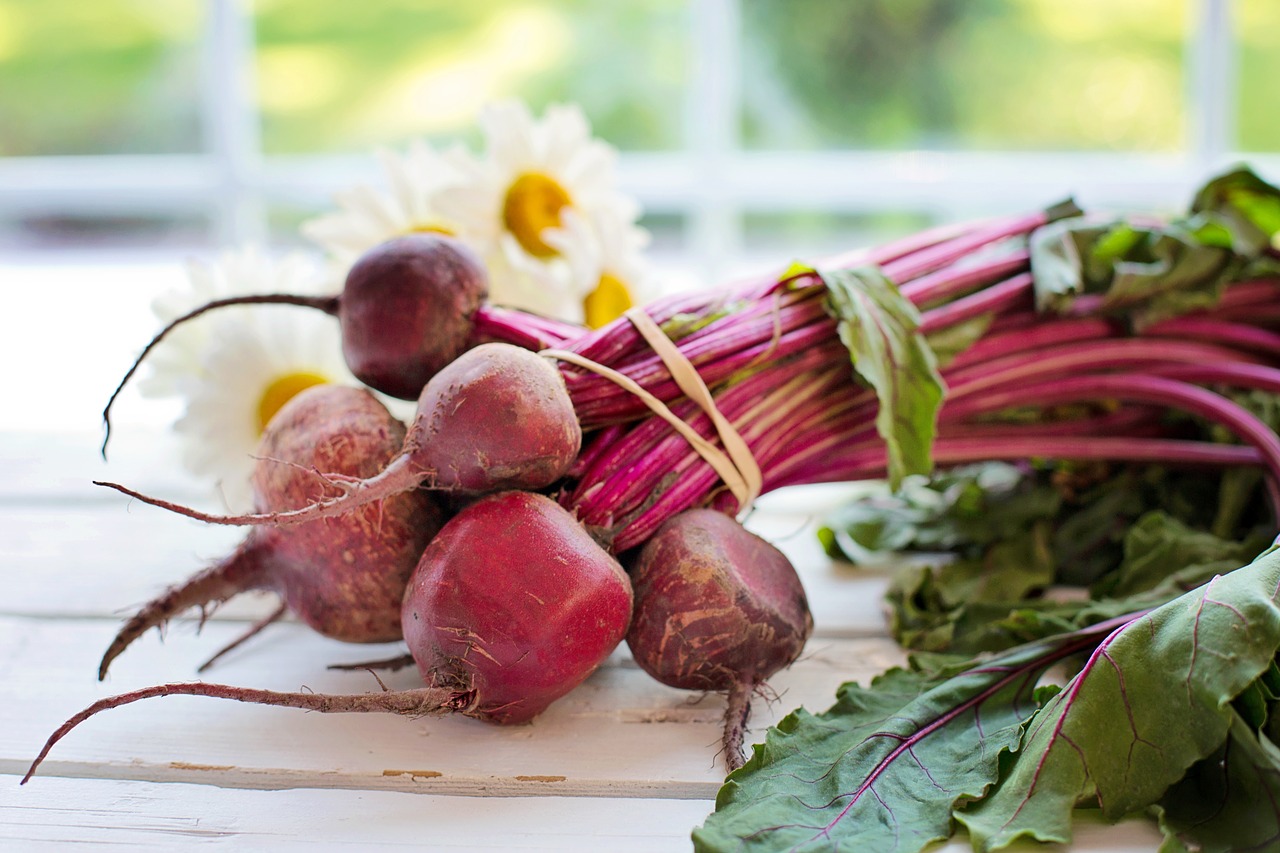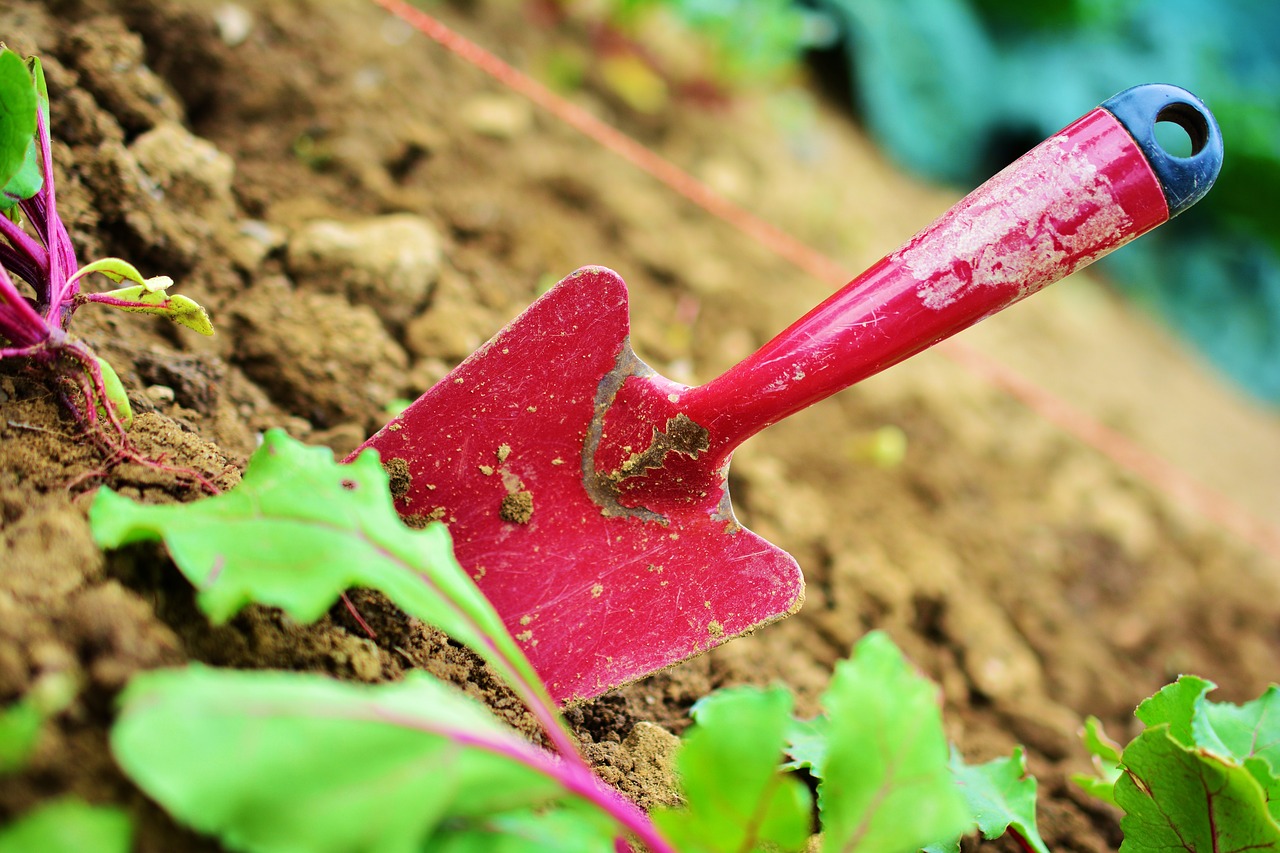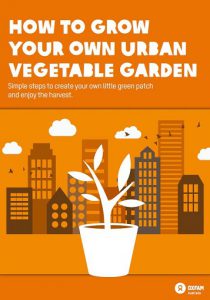Growing a garden at home is a fun and rewarding way to care for the environment. If you live in a small apartment in the city, don’t be discouraged – with an urban garden you can still practice sustainable consumption by growing your own fruits and veggies from the comfort of your home.
Download our free guide, How to grow your own urban vegetable garden and master the simple steps to create an urban garden from scratch.

Tips for looking after your garden at home
Whether gardening is a newfound passion or an old hobby, these gardening tips will help you care for your home garden and keep your green patch blossoming.
1. Prune your garden regularly
Prune your garden to control the size of your plants, so they don’t grow too large and crowd out other plants. Pruning also stimulates healthy new growth, which will improve the quality and size of your harvest.
2. Climbing plants
For climbers and other plants that enjoy the ascent, install a trellis system to keep them off the ground. When left to sprawl on the ground these plants, such as tomatoes or cucumbers, can be prone to rotting or other damage. Trellising can be as simple as using metal or wooden stakes, and loosely tying the plant to the stake using ribbon or string to keep them upright. You can even recycle old t-shirts by tearing them into strips, which you can use as plant ties.

3. Companion planting
Certain plants grow well together because they need similar sunlight, soil and water conditions. And some plants, when situated next to each other, can even stunt each other’s growth. Companion planting involves pairing complementary plants next to each other, to improve the health and yield of your garden. For example, leafy greens like kale and lettuce absorb a lot of nitrogen from the soil, whereas legumes, such as peas and beans, restore nitrogen to the soil. So if you pair these groups together, they can create a balanced environment where both plant groups will thrive.
4. Crop rotation
To get the best harvest, rotate your crops so that you don’t grow the same plant in the same bed of soil over successive seasons. This will keep the plants from depleting the nutrients in the soil and reduce the build-up of pests and diseases. It’s easy to do this: if you group similar plants together, such as garlic and onions, which both belong to the Allium family, after one year, move them to another bed of soil that hasn’t seen Allium plants for at least three years.
5. Keep your soil healthy
Healthy plants need healthy soil. Use a spade to turn your soil, keeping it loose and free of clods, which is better for moisture retention and drainage. You can also use organic-based fertilizers, such as compost, to enrich your soil with nutrients. There’s no need to buy chemical fertilizer if you can recycle kitchen scraps and garden waste into an organic compost. You can also use mulch in your garden. Pea or sugar cane straw are excellent for mulching as they will decompose slowly and feed the soil. Mulching helps to keep moisture in the soul, decreases weeds and keeps a stable temperature for the soil.

Want more tips about how to grow your own garden at home, including how to make the perfect soil for your fruits and veggies? Download our free guide How to grow your own urban vegetable garden and you will have a green-thumb in no time!
Download eBook: How to Grow Your Own Urban Vegetable Garden
Here’s why you need a garden at home!
Gardening can be hard work! But the benefits of a home garden make gardening worth the effort.
- Allows for a healthy diet
A home garden gives you the ability to know exactly what produce is going into your meal, where it came from, the method of cultivation and how it was grown. - It allows you to save
A home garden is a long-term investment. Your only requirement is to find a little space, but this is soon paid off in fresh veggies and fruits. This is one benefit you will notice in your pocket! - Benefits to the body
Moderate physical exercise is good for your cardiovascular system. Planting, nurturing and collecting your crops are a good work out for the body, and we hear it’s great for the soul too! - Balance your mind
Green hobbies allow an escape from tedious daily activities that generate stress. Studies have confirmed that gardening at home is beneficial to mental health. In the hustle and bustle of city life, it’s hard to stop and take a minute to find yourself. By cultivating a garden, you are cultivating your mental health. - Great family activity
Gardening is an enriching activity for the family. So make sure to get the whole family involved in the creation of your urban garden. In the process, you can also educate the little ones about responsible consumption.

Grow your own urban vegetable garden
Download our free eBook and learn the simple steps to create your own little green patch and enjoy the delicious harvest.
Download guide